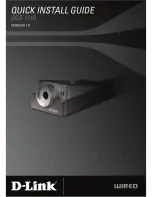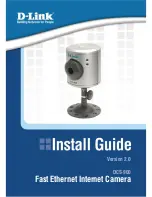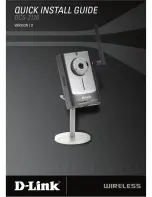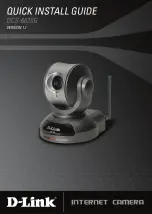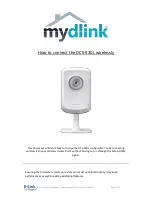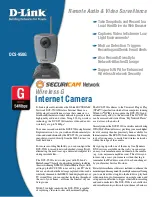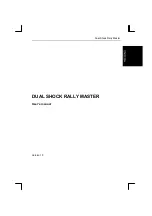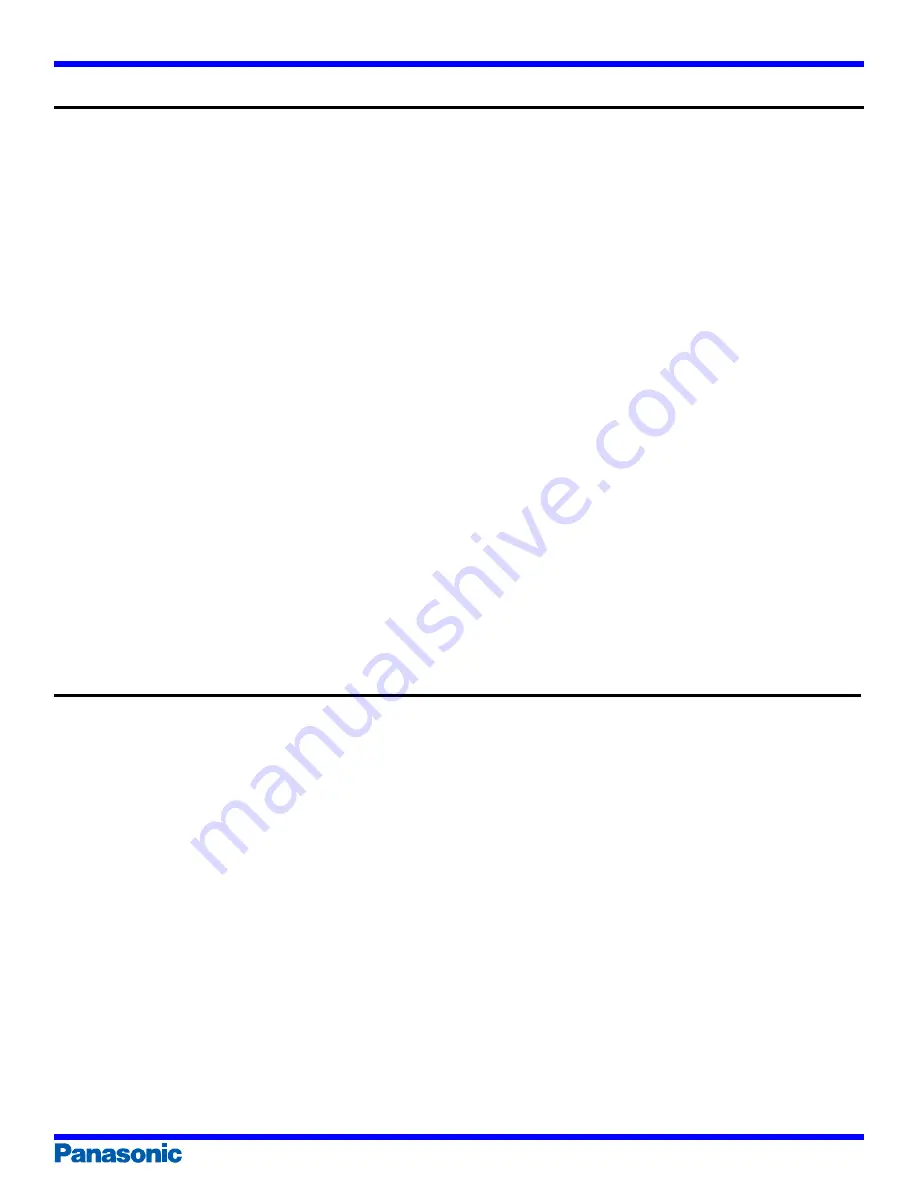
VRLA BATTERIES
AUGUST 2003
This information is generally descriptive only and is not intended to make or imply any representation, guarantee or warranty with respect to any cells and batteries. Cell and battery designs/specifications are subject
to modification without notice. Contact Panasonic for the latest information.
PRECAUTIONS FOR HANDLING VALVE-REGULATED LEAD-ACID BATTERIES-
CONT.
•
The usable period for the battery is markedly
shortened near the end of its service life (when
discharge time has decreased to 50% of the initial).
This is also the period when battery problems such
as internal short, dry-up of electrolyte (increase in
internal resistance) and corrosion of the cathode
grids will occur. Replace the battery before these
conditions are reached: if the battery continues to
be used under these conditions, maximum dis-
charge current will continue flowing, which may
lead to thermal runaway or leakage.
CAUTION
(1) Do not apply organic solvents such as paint thinner,
gasoline, kerosene and benzene or liquid deter-
gents to the battery. If these are brought into con-
tact with the battery case, it may crack, causing
leakage.
RECOMMENDATION
(1) Keep the terminals of the battery clean. Dirty
terminals may cause inadequate contact of the
battery to the equipment body, leading to power
failure or charge failure.
WARNING
(1) Clean the battery with a slightly damp cloth,
ensure there is no excess water on the cloth by
squeezing it well. Do not use a dry cloth or a
duster, as it may cause the battery to generate
static electricity, leading to possible ignition and
bursting of the battery.
(2) Replace the battery with a new one within the
time period specified in the instruction manual or
equipment.
•
Follow the guideline which states the battery
should be replaced when its capacity has
decreased to 50% of the initial capacity (at an
ambient temperature of 77°F (25°C) or below).
In the trickle or float application of the battery
(application as stand-by power) at an ambient
temperature higher than 77°F (25°C), the period
for which the battery can be used before
replacement is shortened by a half for every
10°C rise of temperature. When the discharge
current becomes higher than 0.25 CA, the run
time and battery life is also shortened.
7. Emergency measures
WARNING
(1) The battery contains diluted sulfuric acid, a very
toxic substance. If the battery leaks and the
liquid inside spills on the skin or clothing,
immediately wash it off with plenty of clean
water. If the liquid splashes into eyes,
immediately flush the eyes with plenty of clean
water and consult a doctor. Sulfuric acid in the
eyes may cause loss of eyesight and acid on
the skin will cause burns.
6. Maintenance and checking
CAUTION
(1) If any corrosion of the terminals, leakage or
deformation of the case of the battery is found, do
not use the battery and turn off the power supply. If
a battery which is irregular or substandard in any
way continues to be used, leakage, fire or bursting
of the battery may occur and there is also a
potential for electric shock.










